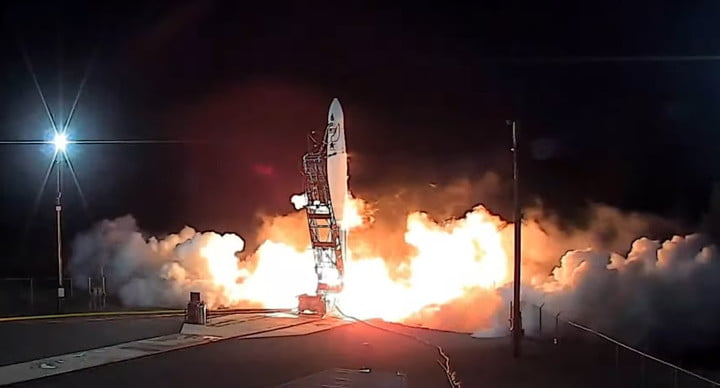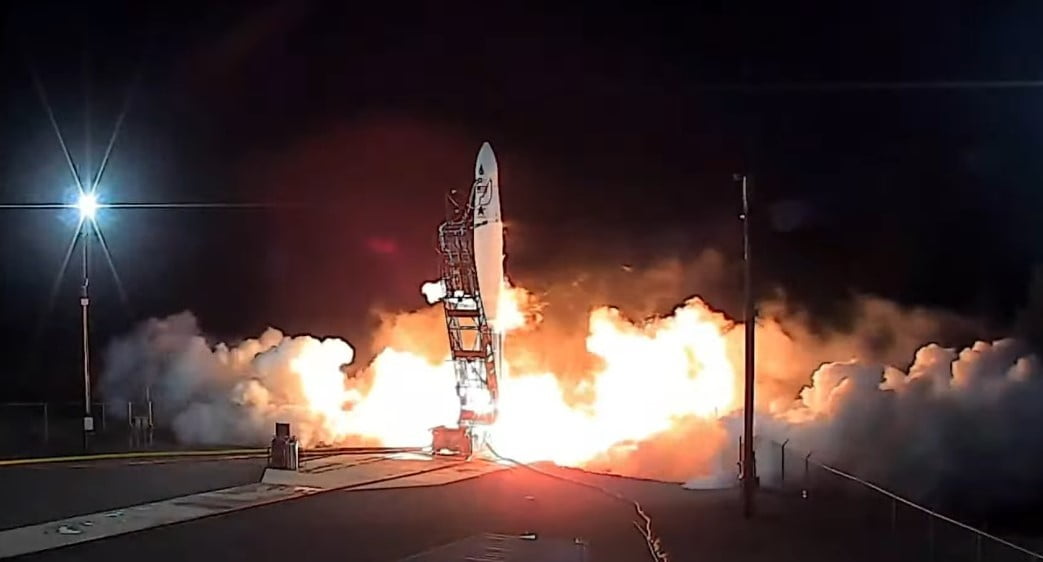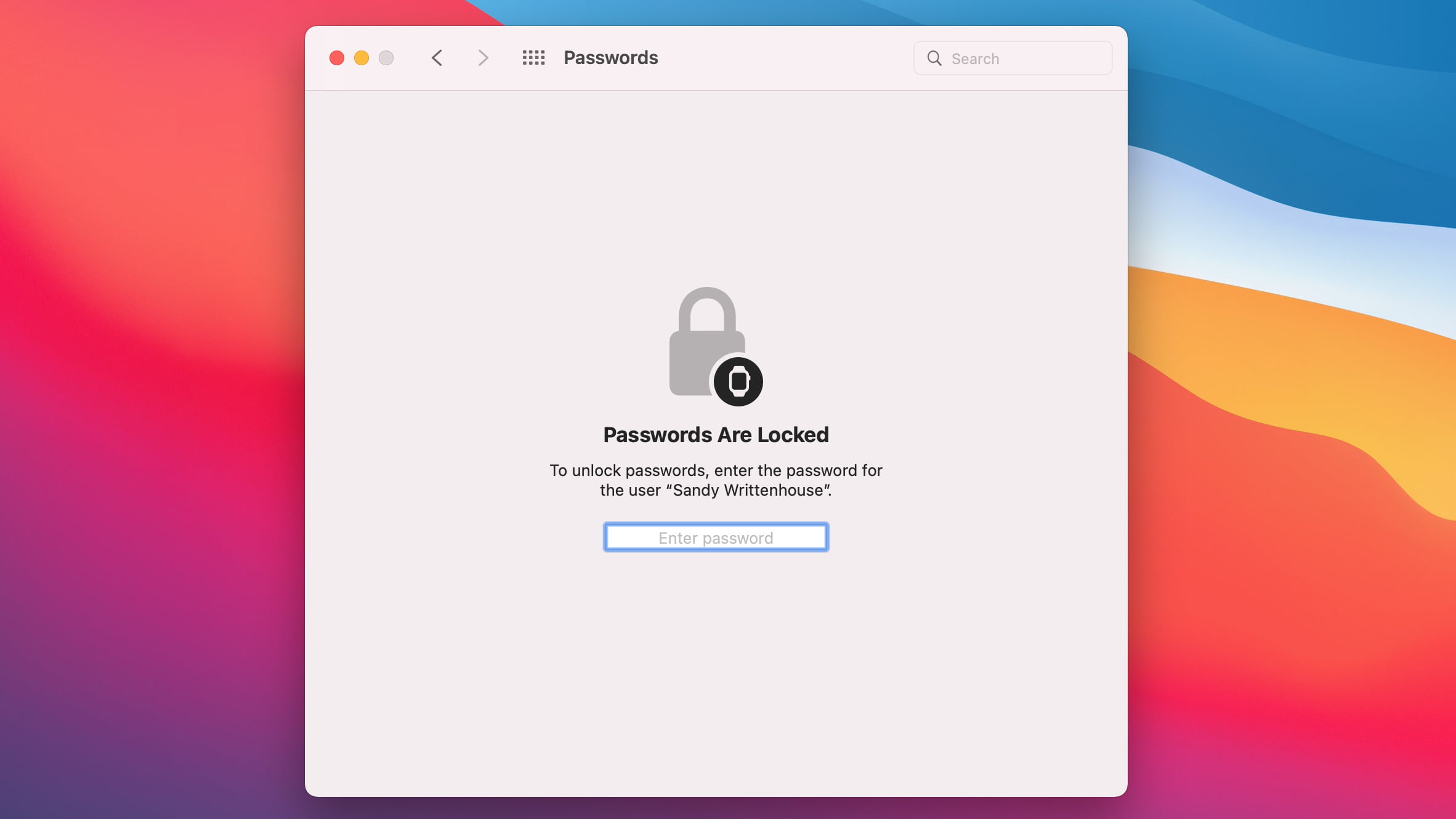The rocket startup Astra has finally made it to orbit with its Rocket 3, successfully reaching orbit on its fourth attempt. “The team worked hard for this,” Astra CEO Chris Kemp wrote on Twitter. “We’re just getting started, folks.”

The mission, coded LV0007, launched from Astra’s site in Kodiak, Alaska at 1:16 a.m. ET on Saturday, November 20. For this mission, the rocket was not carrying any real payload but instead carried a test or dummy payload for the U.S. Space Force. It successfully reached orbit, marking the first time that Astra has achieved this feat.
A tweet from Kemp confirmed that the rocket made it to orbit “at our targeted 86.0-degree inclination at an altitude of 500km [310 miles]”:
There has been a long road for Astra to reach this achievement, with three previous launches failing to reach orbit. Most recently, it launched its Rocket 3 on Saturday, August 28 this year, but the rocket lifted off the launch pad and drifted at an angle before taking off upward. The rocket made it into the air but the mission had to be shut down several minutes into the flight as it had drifted off its planned trajectory. The problem was believed to be due to an issue with the Delphin engines, five of which power the rocket.
With the successful launch today, Astra joins the small number of private companies which have proven capable of launching to orbit. Following launch, the first stage Delphin engines fired for around three minutes, carrying the rocket upward before it separated its second stage. As well as the five Delphin engines which lift the rocket off the ground, the Rocket 3 also has a single second stage Aether engine which is designed to perform in a vacuum and which fired after separation. Once the Aether engine had completed its burn, the craft entered orbit and ran a simulation of deploying its payload.
If you would like to watch the launch for yourself, a video stream of the events is available for playback on the NASA Spaceflight channel.


